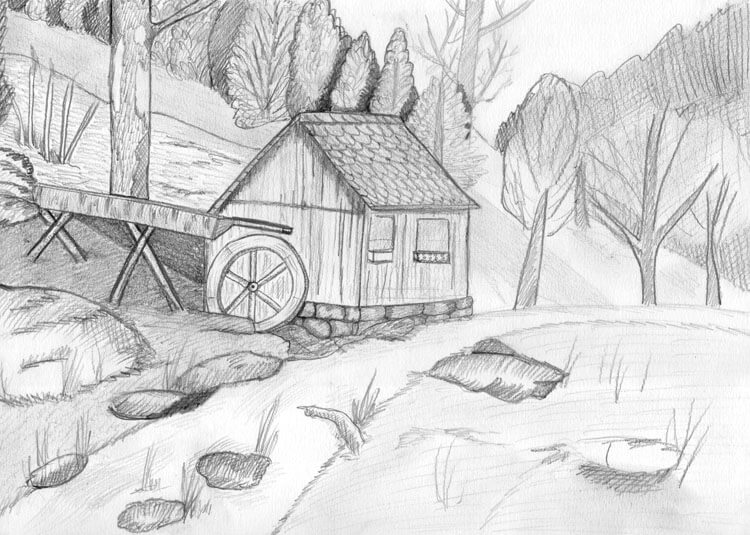Elements – Water and Fire
Drawing water and fire is one of the more difficult subjects to choose. Both are very changeable, unpredictable and always change their form. In addition, there are the different aggregate states that water can take. Each form of water in itself is very exciting.
Drawing the elements like water (and its aggregate states ice and steam in the air) and fire is sometimes not so easy. Everyone knows what water looks like, but how do you represent it with a few pencil lines?
Drawing fire
And fire? Here to depict the liveliness and heat, as the flames lick, is also not so without. On this page, some sample images are shown, which facilitate the idea of drawn water and fire.
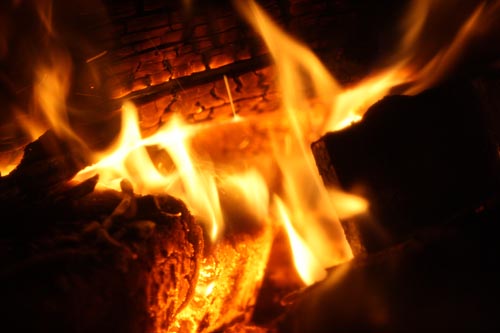
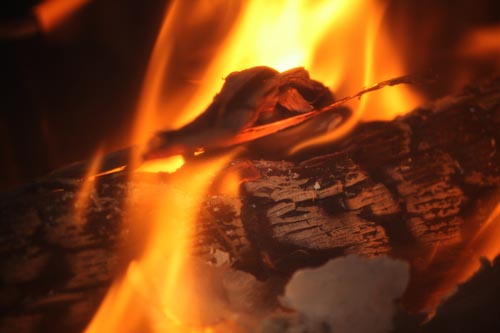
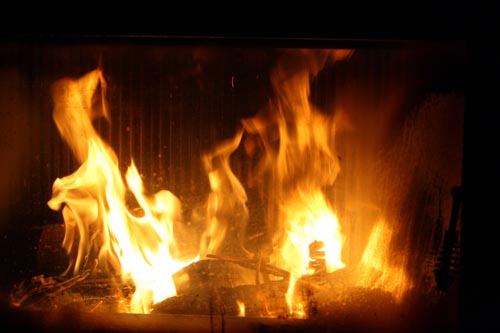
Drawing water
First of all, I introduce drawing water. Drawing water doesn’t just mean drawing a puddle on the ground or a tear on a cheek. Drawing water gives you a lot more options, especially to spice up an existing image.
It also follows certain rules, primarily gravity. Here I would like to show you some tips on how to incorporate interesting water effects into your image.
The 3 aggregate states
Water is not always water. As everyone surely knows, water can be not only liquid, but also gaseous and solid.
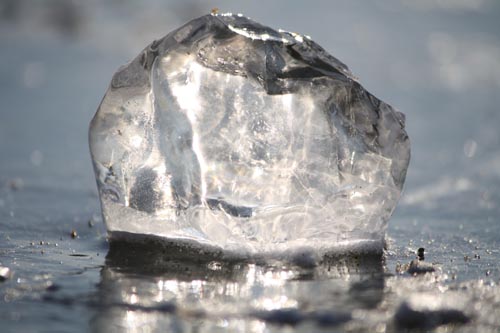
We encounter the gaseous state in everyday life, for example, in the form of clouds. You don’t necessarily have to travel to the poles to get ice; a look in the refrigerator, an ice cream parlor or in a glass of chilled water is enough. It is most often found in liquid form.
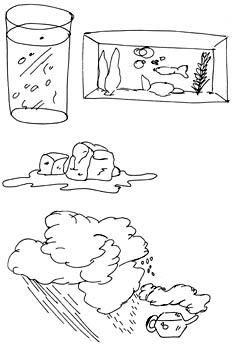
Rain and Raindrops
Whether it’s drizzle, moderate rain, or heavy rain, it is usually depicted in a picture using simple lines. Where the drops hit the ground, you can represent a slightly longer-lasting rain with concentric (oval) circles.
If you want to determine the direction of the wind, consider that the rain will be blown in that direction.

The Sea and its Waves
Waves on the coast, at the beach, or in the open sea are all completely different, as they are largely determined by the seabed, as well as the wind and tides.
To depict an image on the open sea, you will need a horizon line beneath which the waves sway. If you are looking from the coast out to sea, you can also draw the coastline at the bottom of the picture.
If the waves are stronger or if you want to depict the surf, don’t forget about the foam (crest of the wave). Shadows can also make the wave appear more three-dimensional.
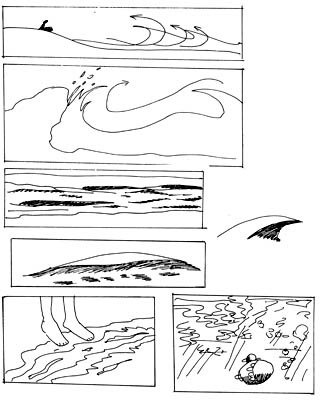
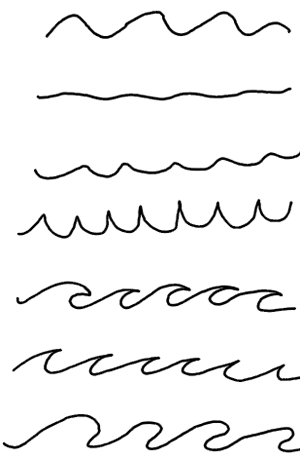
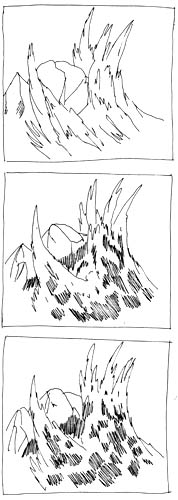
Additional Techniques
- A very quick and easy way to depict waves on a water surface (it doesn’t always have to be the ocean, it can also be a lake) is to draw dark shadows on the surface with a thick felt-tip pen.
- Water moves around objects and breaks into droplets.
- It flows in irregular patterns. Water droplets on the skin make it look wet. Remember, less is more!

Additional Pages
From the German Blog
- Blending Pencil Lines
- Shading with Pencil
- Blurring the Background – A Feature of Spatiality
- What Geometry Reveals About You
- Creating a Tilt-Shift / Miniature Effect in Photoshop
